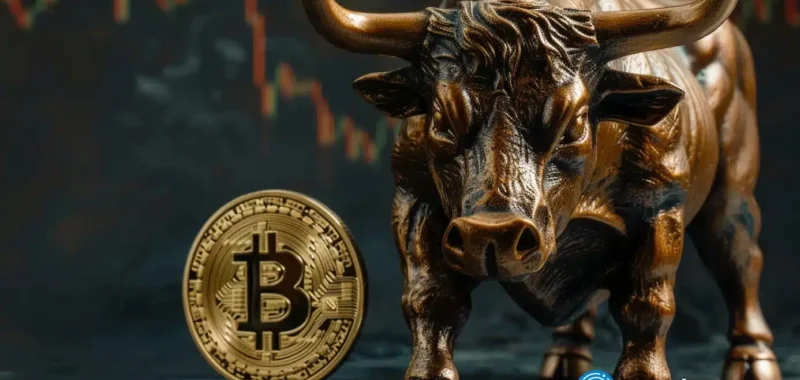Analysts at Bitfinex suggest that the latest Consumer Price Index (CPI) data aligns with expectations, bolstering the case for a Federal Reserve rate cut in September.
Based on the latest CPI data released on Aug. 14, it seems that the U.S. economy might finally be getting a handle on inflation. In July, the yearly inflation rate dropped to 2.9%, marking the first time it has fallen below 3% since early 2021.
Bitfinex analysts anticipate that markets will receive this potential shift in monetary policy positively, particularly in risk assets like Bitcoin (BTC). The prospect of lower interest rates could inject fresh liquidity, driving a bullish trend in the cryptocurrency sector.
The favorable CPI data is also expected to drive more inflows into Bitcoin and Ethereum (ETH) ETFs, as investors position themselves ahead of the anticipated rate cut.
Bitcoin is trading $59,015 at the time of writing.
Rate uncertainty
With Bitcoin potentially testing key resistance levels between $64K and $65K, a rate cut could trigger a significant price rally. However, analysts caution that short-term selling pressure from large investors, or “whales,” may momentarily cap gains before a sustained breakout occurs.
The analysts stated that if whales start selling as the price nears this critical level, we may observe temporary selling pressure before a sustained breakout.
Aurelie Barthere, Principal Research Analyst at Nansen, echoed this sentiment, highlighting a notable deceleration in “super core” services inflation — a key Fed metric.
“Inflation is no longer the main worry for the Fed or markets, real growth is now at the forefront. For equities and crypto to recover further, more good news around the US real economy, especially the consumer, are needed. US core retail sales data, released later this week, will be an important data point to shape the real growth narrative.”
Aurelie Barthere
This slowdown gives the central bank more flexibility to reduce rates without stoking inflation fears. Barthere predicts a potential 75 basis points cut by December 2024, though emphasizes that further economic growth, particularly in consumer spending, is crucial for sustained market recovery.

